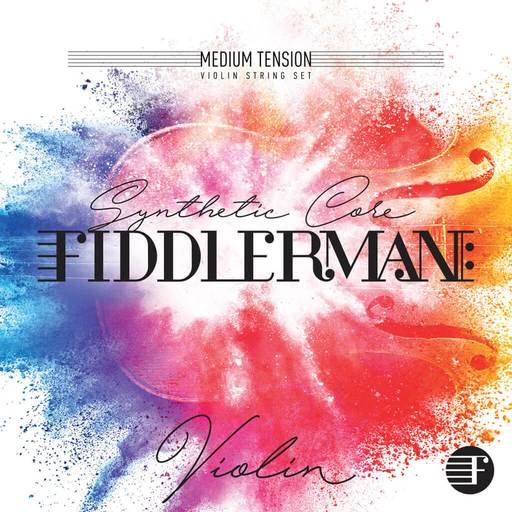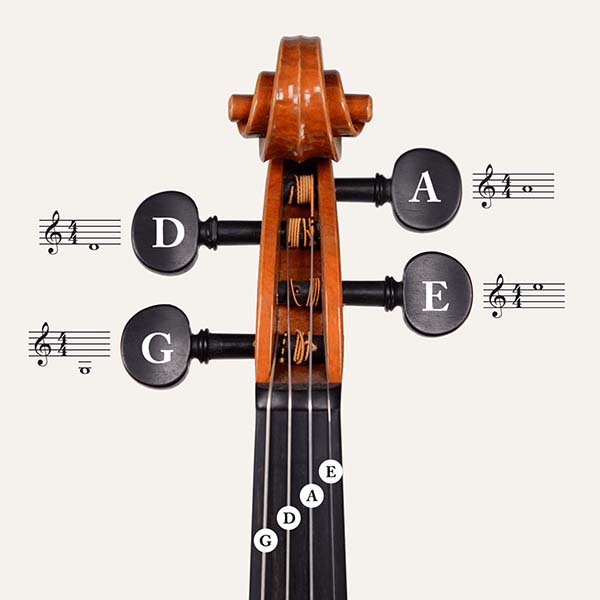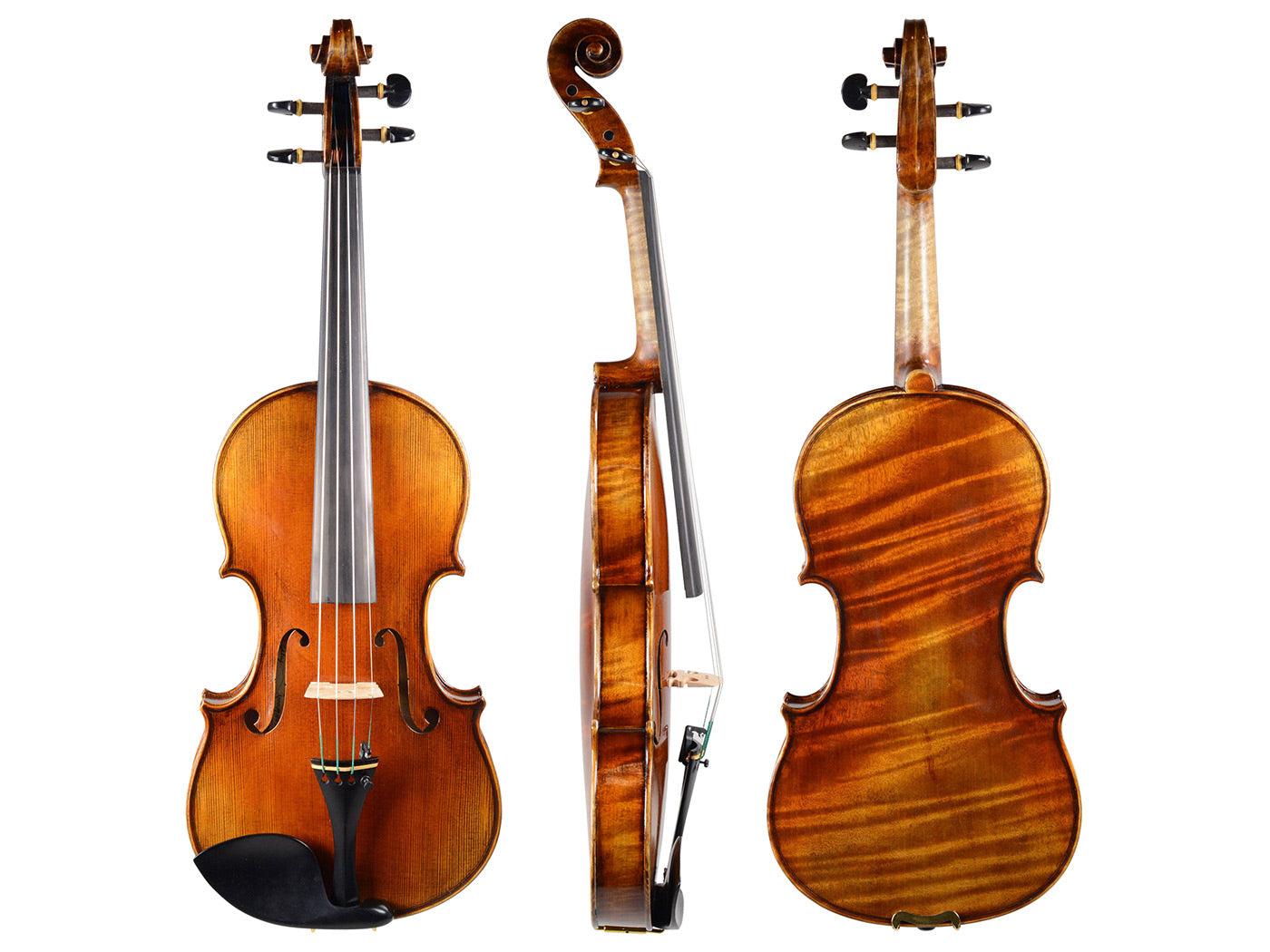Don’t Burn Down Any Bridges:
Guide on Violin Bridges
Types of bridges

Blank
A standard, unadjusted bridge that requires the most work for a proper fit, but also yields the most custom fit. It's the best bet for anyone with the skill and tools for woodworking or plan on taking the violin to a luthier for the bridge fitting.( typically $40-$120 labor).
Fitted
A popular choice due to a general height and curve of the crown( top of bridge). Shaping and string cuts are partially done. In addition, the feet feature some pre-shaping done that better match the surface angle of violin. Every violin is unique, however so it's still essential to do final sanding to get the most surface contact with feet. Sides of bridge are slightly sanded (thinned)as well.
Self adjusting
Features all the precuts of a fitted bridge with the addition of articulating feet as an alternative to shaping them yourself. Not recommended unless you have a lack of woodworking tools or budget for a luthier.
Wood Quality

Unlike the premium costs of maple and spruce for the violin body, the investment for a top quality bridge is less than $40. The two most respected names in bridges are from France: Aubert Mincourt and Despiau. Both of which are great options, so the real testament to quality will be as good as the stock from your friendly online retailer like Fiddlershop.com.

Photo to the right shows cross section of the tree to show the cut location. This is where bridge babies come from!
Just like a (spruce wood) sound post, observing the grains will tell you the quality of a bridge (maple wood). In the diagram, see how the typical rings in a tree look from the perspective of a vertical cross section.
Maintaining a Bridge

The angle of the bridge must be perfectly horizontal in relation to the strings. We have had our fair share of stories from customers perplexed as to why their bridge was warped or repeatedly falling over -- even breaking all together. The explanation is simple; whenever you are tuning those strings, keep that bridge angle in check after each peg adjustment. You will quickly notice how much the angle changes.

Seasonal fluctuations in humidity and temp will stress the bridge even to the extent of slight warping and string height fluctuations. It’s best to keep violins in a stable environment -- indoors whenever possible.






